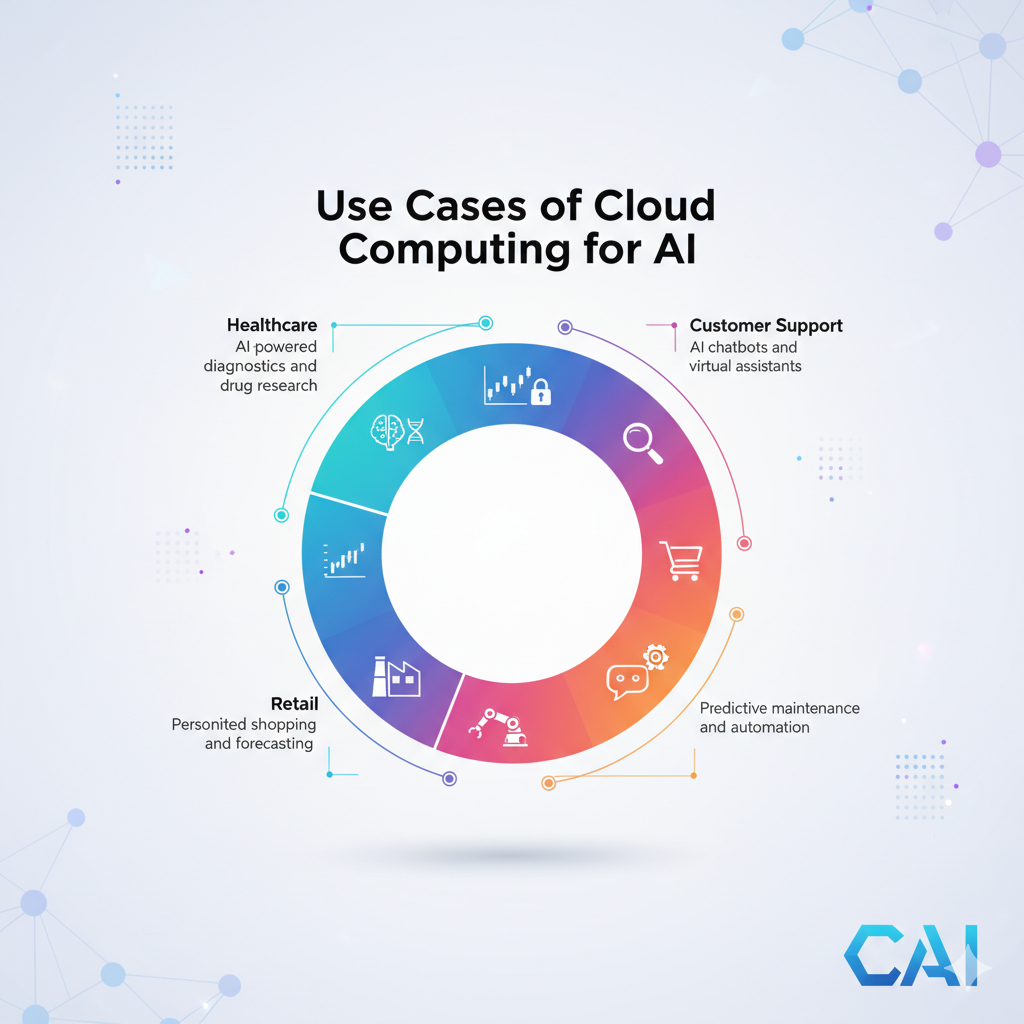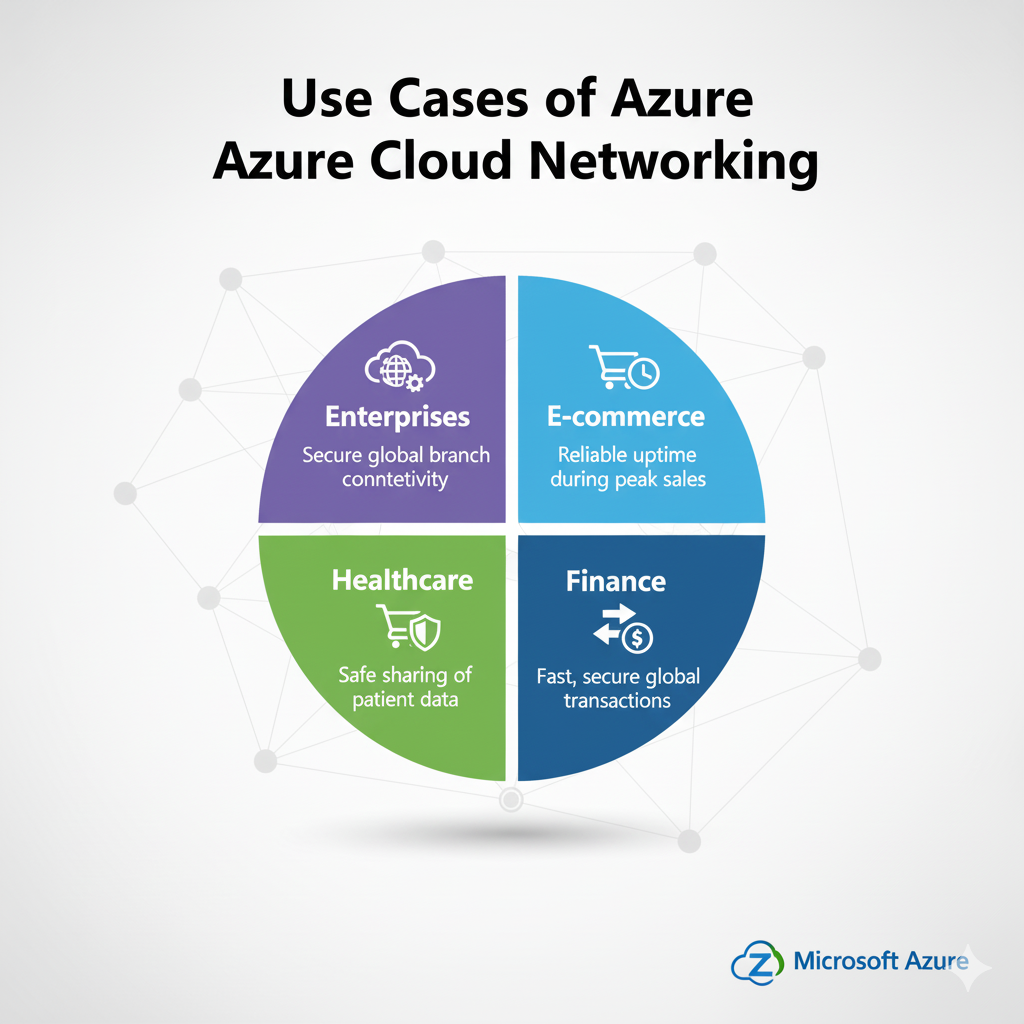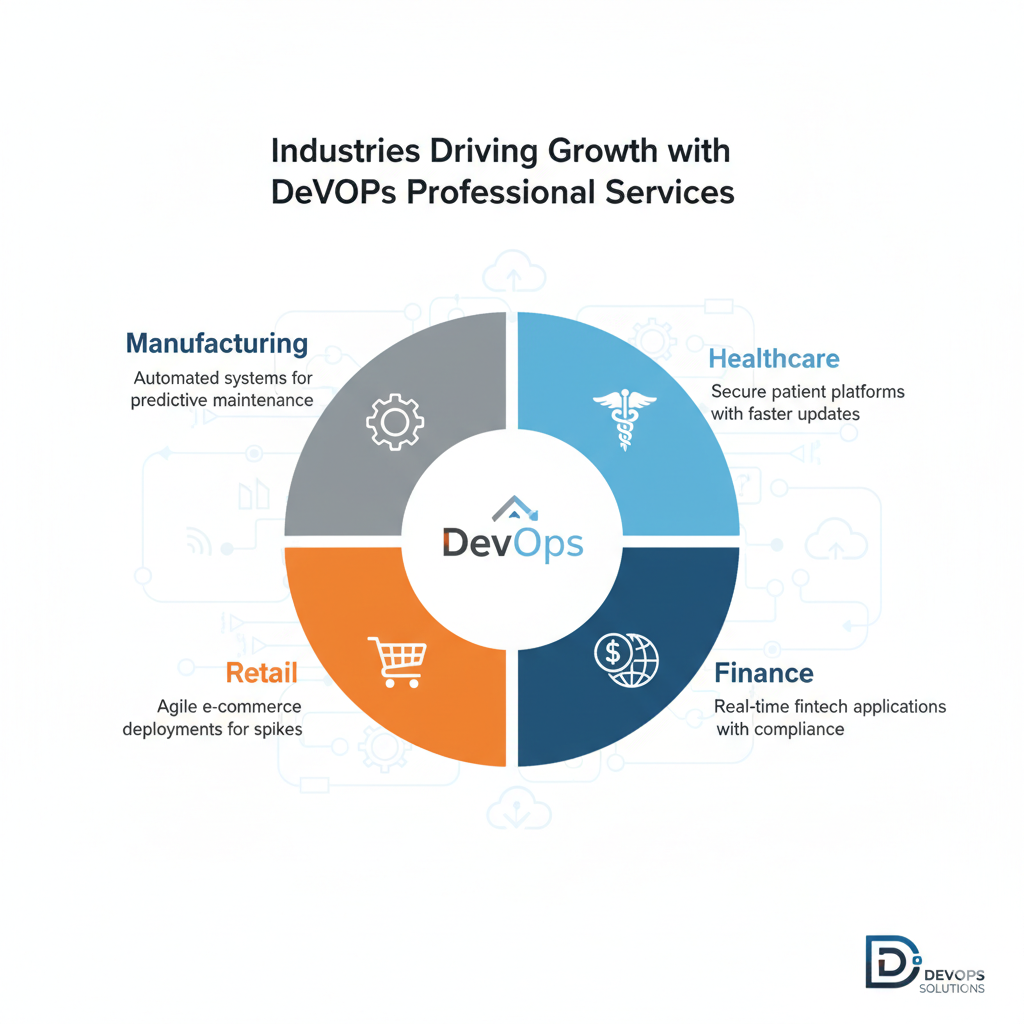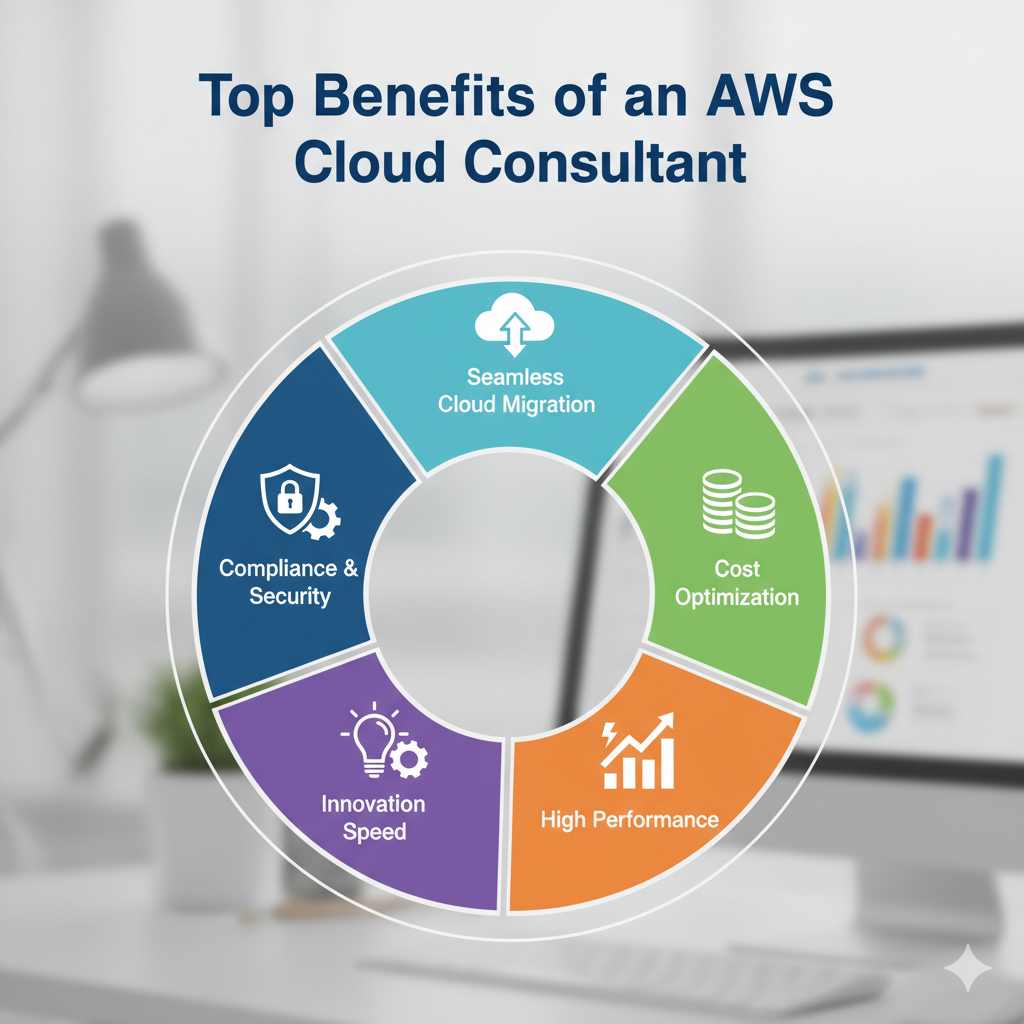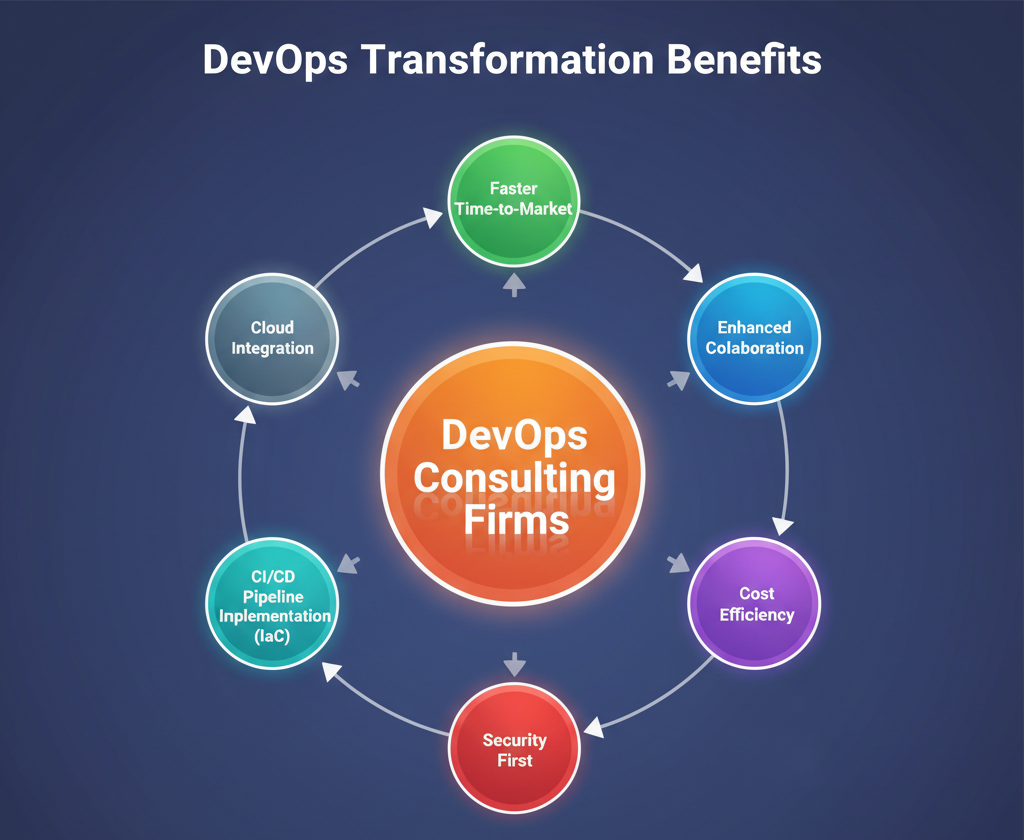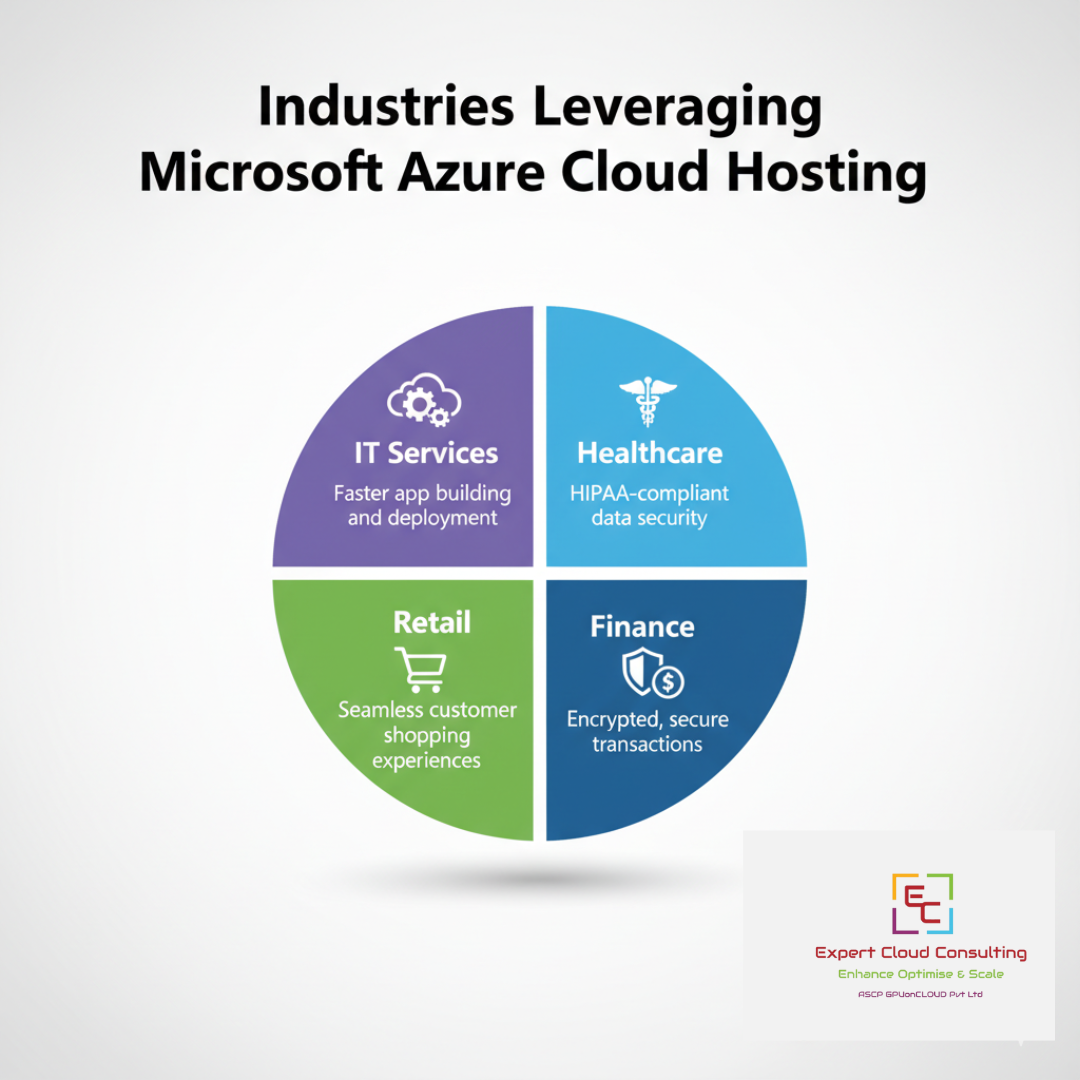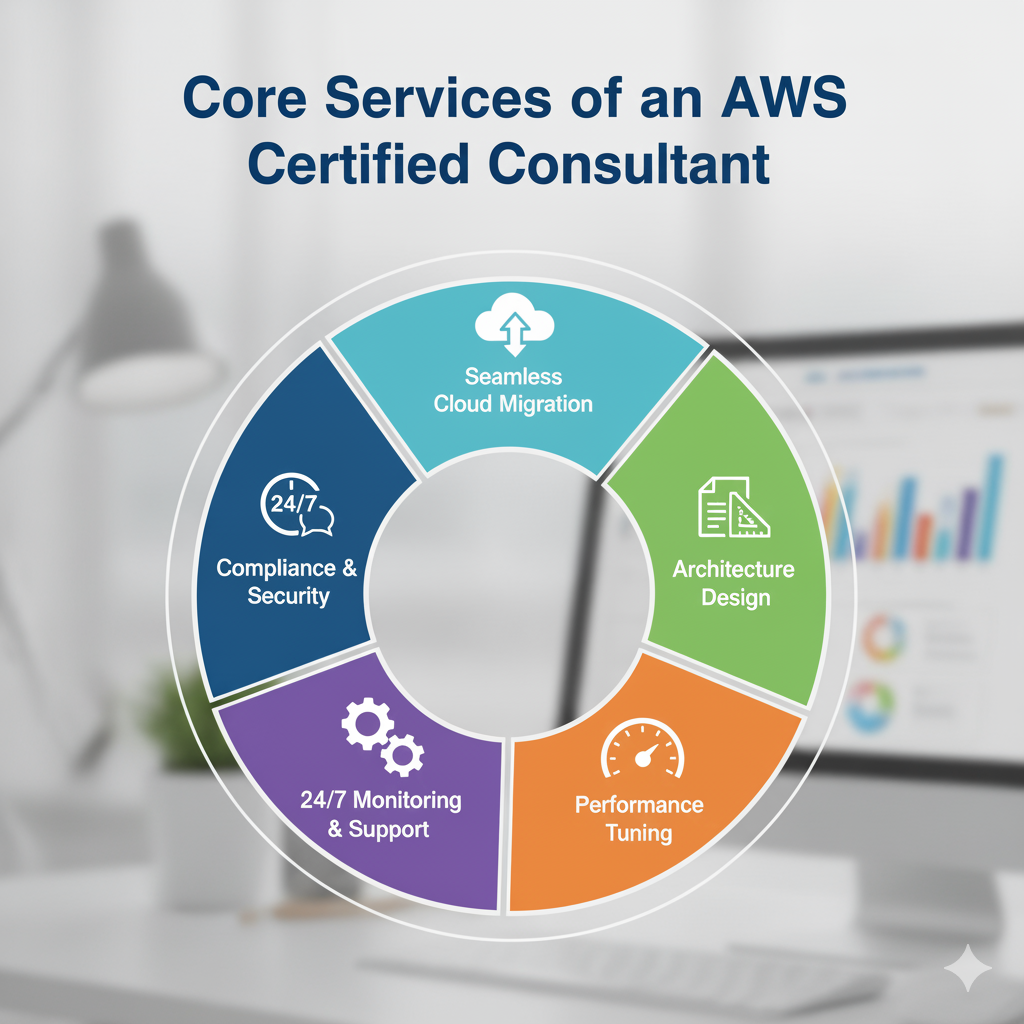Introduction
In the modern-day rapid-paced digital landscape, agencies are increasingly turning to multi-cloud environments to satisfy their computing and storage wishes. While multi-cloud techniques offer flexibility and scalability, they can also result in complicated cost management challenges. Without the right optimization, multi-cloud deployments can quickly become cost-prohibitive. In this blog we're going to delve into the idea of multi-cloud price optimization and provide you with a comprehensive guide to harness the overall capability of your multi-cloud infrastructure while keeping your charges in the test. Before delving into cost optimization, it's essential to understand what a multi-cloud environment entails.
Multicloud:
Multicloud is a cloud computing strategy or architecture in which an organization uses multiple cloud service providers to meet its various computing and data storage needs. In a multi-cloud environment, rather than relying on a single cloud provider, businesses distribute their workloads and data across multiple cloud platforms, which can include public clouds, private clouds, or hybrid clouds. This approach offers several advantages, including improved flexibility, redundancy, resilience, and the ability to choose the best cloud services for specific tasks or applications Now we can go toward understanding multi-cloud Cost optimization.
Multi-cloud Cost optimization:
Multi-cloud price optimization is the method of handling and controlling costs throughout a couple of cloud service companies, together with AWS, Azure, Google Cloud, and others. Its objective is to strike a stability between resource availability and cost-efficiency. To reap this, corporations need to adopt a proactive technique and put into effect diverse strategies and fine practice.
Cloud Cost Visibility:
The first step towards multi-cloud cost optimization is gaining complete visibility into your cloud spending. This may be finished through the following techniques
1)Cloud Cost Management Tools: Utilize cloud cost management equipment along with AWS Cost Explorer, Azure Cost Management, and Google Cloud Cost Management. This equipment provides particular insights into your cloud charges, enabling you to music spending traits and identify fee drivers.
2)Third-Party Cloud Cost Management Platforms: It offers more extensive features and cross-cloud capabilities. Some popular third-party solutions include CloudHealth by VMware, Apptio Cloudability, Flexera Cloud Management Platform, etc
3)FINOPSEngine: is our platform that empowers essential cost levers for the Cost Optimization
Multi-cloud cost optimization strategies:
It involves managing and minimizing the expenses associated with running applications and services across different cloud platforms. Here are some strategies to help you optimize costs in a multi-cloud environment.
1) Rightsizing Resources.
2) Reserved Instances (RIs) and Savings Plans.
3) Auto-scaling and Load Balancing.
4) Well Architecture.
5) Resource Tagging and Cost Allocation.
6) Automate Resource Scaling
7) Well Architecture
8) Educate Teams on Cost Awareness
9) Regularly Audit and Optimize
10) Stay Informed and Adapt
We discussed all these strategies in the previous blog [Click here]
Governance and Policy Enforcement:
Governance and policy enforcement play a vital role in cloud cost optimization. They help organizations establish guidelines, rules, and controls to manage and govern cloud resources effectively, ensuring that cost optimization efforts are consistent and aligned with business objectives. you will implement this through, Defining Cloud Governance Policies, Using Cloud Governance Tools, Regular Auditing and Reviews, etc.
Real-world case studies:
Real-world case studies on multi-cloud cost optimization techniques serve as valuable resources for organizations looking to maximize the benefits of multi-cloud while controlling expenses. They offer insights, best practices, and evidence of success that can guide decision-making and implementation efforts.
Future Trends in Multi-Cloud Cost Optimization:
AI and Machine Learning: By leveraging AI and ML technologies, organizations can gain deeper insights into their cloud spending, automate cost-saving actions, and stay ahead of potential cost overruns. As cloud environments become more complex, AI and ML will continue to play a crucial role in helping organizations navigate the challenges of multi-cloud cost management.
Conclusion:
Multi-cloud cost optimization is a critical aspect of any multi-cloud strategy. By understanding the challenges, implementing the right strategies, using appropriate tools, and maintaining governance, organizations can achieve significant cost savings while reaping the benefits of multi-cloud flexibility and redundancy.




